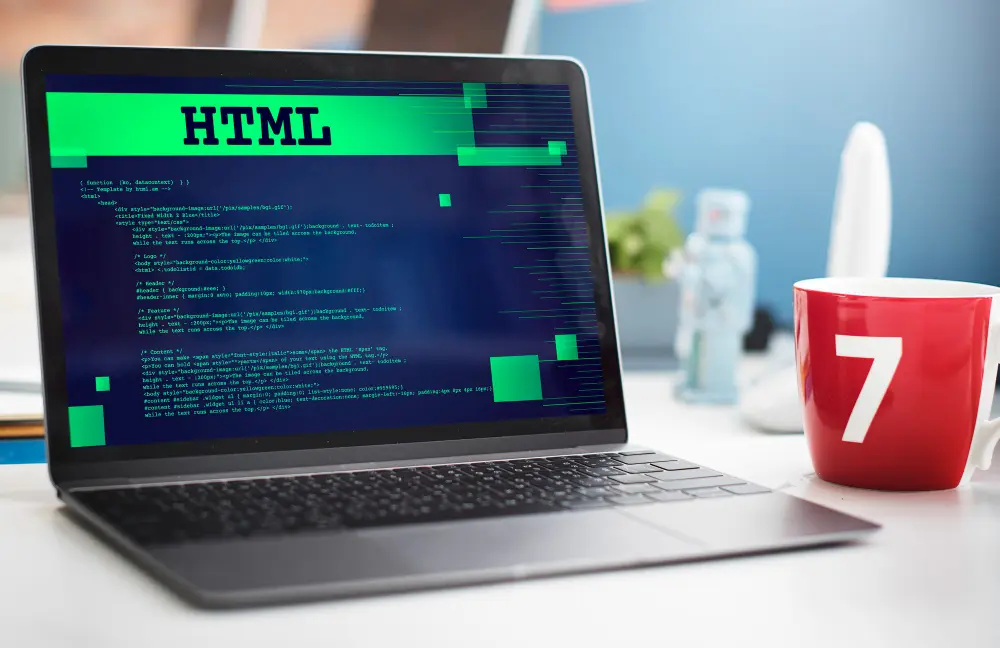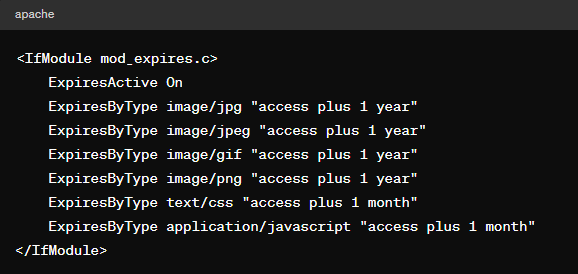For any brand hoping to engage with its target audience in the modern digital age,…

How To Optimize the Performance of your Homepage
In order to maximize the efficiency of your homepage and reduce the number of requests it generates, it is crucial to follow a set of guidelines and implement the suggested actions. By adhering to these recommendations, you can significantly Optimize the overall performance of your website and create a more seamless user experience. These guidelines encompass various aspects, such as optimizing code, compressing images, leveraging caching mechanisms, and minimizing the use of external resources. By taking these steps, you can ensure that your website operates at its full potential and delivers an exceptional user experience.
1. Optimize and Consolidate JavaScript Files
With a total of 22 JavaScript requests, it is highly probable that there exist various opportunities for optimization that can be explored and implemented to enhance the overall performance and efficiency.
Combine JavaScript Files:
- Combine multiple JavaScript files into a single file where possible. This reduces the number of requests the browser needs to make.
- Use tools like Webpack, Gulp, or Grunt to automate the process of combining and minifying JavaScript files.
Minify JavaScript:
- Optimize the size of your JavaScript files by employing techniques such as minification. This process involves utilizing powerful tools like UglifyJS, Terser, or even leveraging the convenience of online services like JavaScript Minifier. By reducing the file size, you can enhance the performance and loading speed of your web applications, resulting in a smoother and more efficient user experience.
Load JavaScript Asynchronously:
- Use the
asyncordeferattributes on your<script>tags to load JavaScript files asynchronously, which helps improve page load times.html
2. Optimize Images:
aim to enhance the quality and reduce the file size of images. One effective tool for achieving this is Adobe Photoshop, which offers a range of features and techniques to optimize images. By utilizing Photoshop’s capabilities, we can improve the overall appearance and performance of images, making them more suitable for various purposes such as web design, digital marketing, or printing.
Compress Images:
- If you’re looking to minimize the file size of your images without sacrificing too much in terms of quality, there are several handy tools at your disposal. Consider utilizing popular options such as TinyPNG, JPEG-Optimizer, or ImageMagick, which can assist you in efficiently compressing your images while maintaining their visual integrity. These tools are designed to strike the perfect balance between reducing file size and preserving image quality.
Use Modern Image Formats:
- Take advantage of the benefits offered by contemporary image formats such as WebP, which boast superior compression rates compared to more conventional formats like JPEG or PNG. By utilizing these modern formats, you can optimize your images for faster loading times and improved overall performance on the web.
Lazy Load Images:
- To optimize the loading speed of your website, consider implementing lazy loading for images. By utilizing the loading attribute in HTML5, you can ensure that images are only loaded when they come into view, reducing unnecessary bandwidth usage and improving overall performance. This technique is particularly useful for websites with a large number of images or long-scrolling pages, as it allows for a smoother and more efficient user experience.
3. Replace Embedded Objects with HTML5 Alternatives
Take a moment to thoroughly assess the embedded objects within your content and contemplate the possibility of substituting them with HTML5 elements, whenever feasible. This strategic move can enhance the overall functionality and compatibility of your web page, ensuring a seamless user experience across various devices and platforms. By embracing HTML5 elements, you can tap into the full potential of modern web development and optimize your content for maximum impact.
Audio/Video:
- Use HTML5
<audio>and<video>tags instead of Flash or other plugins.html
SVG for Icons and Graphics:
- Use SVG for icons and simple graphics instead of PNG or JPEG. SVG files are often smaller and can be scaled without losing quality.
4. Use a Content Delivery Network (CDN)
CDN for Static Files:
- Serve static files (JavaScript, images) from a CDN. This can reduce the load on your server and improve load times for users by delivering content from a server close to their location.
5. Implement Browser Caching
Set Cache Headers:
- Set proper cache headers for your static files to ensure that browsers cache these resources and reduce the number of requests on subsequent visits.
apache
6. Evaluate Third-Party Scripts
Review and Remove Unnecessary Scripts:
- Review third-party scripts and remove any that are unnecessary. Each third-party script can add additional requests and slow down your page.
Load Third-Party Scripts Asynchronously:
- Ensure that third-party scripts are loaded asynchronously to prevent them from blocking the rendering of your page.
7. Analyze and Monitor Performance
Use Performance Analysis Tools:
- Use tools like Google PageSpeed Insights, GTmetrix, or Lighthouse to analyze your page’s performance and get specific recommendations for improvement.
Monitor and Adjust:
- Regularly monitor your site’s performance and make adjustments as needed to keep the number of requests and load times optimal.
Conclusion
By following these steps, you can reduce the number of requests on your homepage, optimize the loading times, and improve the overall user experience. Combining and minifying JavaScript files, optimizing images with the help of a photo editing company, using HTML5 alternatives, leveraging CDNs, and implementing caching strategies are key actions that will lead to significant performance gains.








